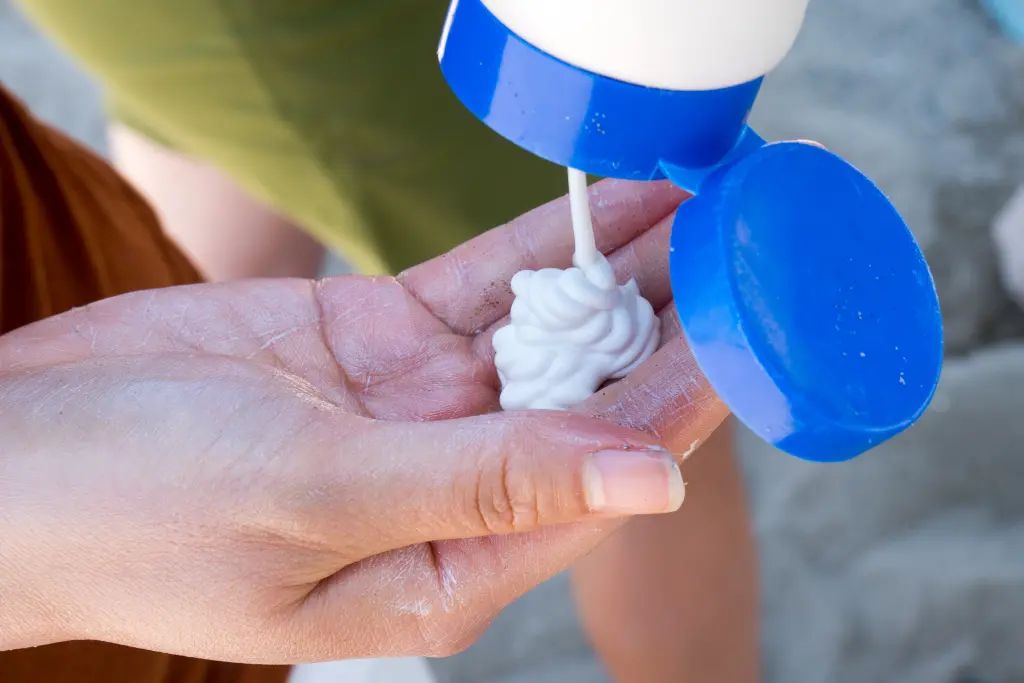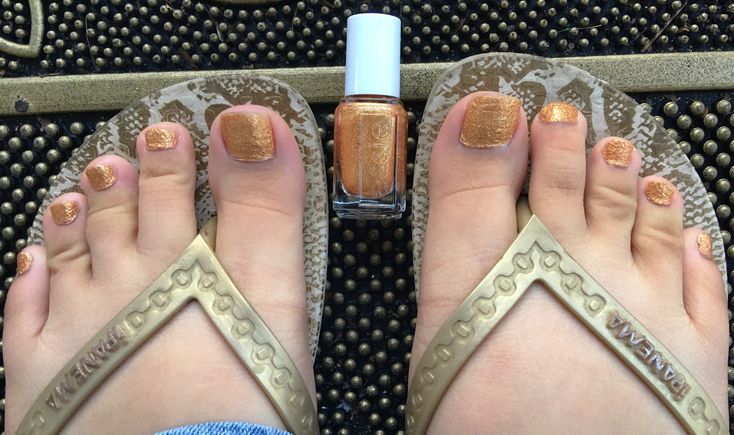Nail Care For All Seasons: Tips For Healthy And Beautiful Nails
Nail care is important year-round, but the changing seasons can bring new challenges and needs for our nails. In the summer, nails face drying heat and humidity. In the winter, nails combat harsh, cold temperatures that can lead to brittle, dry nails that crack and peel. Spring and fall come with their own shifts in weather and environment as well. Practicing good nail care and hygiene tailored to each season is key for maintaining strong, healthy nails that look beautiful all year long.
In this comprehensive guide, we provide tips and best practices for taking care of your nails during all four seasons. You’ll learn how to protect your nails from seasonal damage, keep them hydrated and nourished, treat common nail problems unique to each season, and more. With this advice, you can keep your nails looking fabulous no matter what the weather brings.
Spring Nail Care
After a harsh winter, spring is the perfect time to repair and restore your nails.1 The change in weather can leave nails dry and damaged from the cold, dry air. Focus on nourishing, hydrating, and moisturizing your nails back to health.
Use a hydrating nail oil daily to replenish moisture levels.2 Look for nail oils with vitamin E, jojoba, and essential oils like lavender. Gently massage the oil into your nails and cuticles. You can apply it multiple times per day for very dry nails.
Exfoliate nails weekly with a buffered nail file or nail scrub. This removes dead cuticle skin and smooths uneven texture on nails. Always file in one direction, avoiding sawing back and forth.
Consider a biotin supplement which supports strong nail growth and thickness. Make sure to maintain a balanced diet as well, since vitamin deficiencies can lead to brittle, peeling nails.
Use a moisturizing hand cream daily, focusing on cuticles and nail beds. This helps nourish the nail matrix where new nail cells generate. Keeping this area hydrated prevents nails from becoming brittle or distorted as they grow.
Avoid excessive exposure to water without wearing gloves. Water, especially hot water, can deplete natural moisture from nails. Wear rubber gloves for household chores involving water.
Trim nails weekly to prevent breakage of split ends. Use nail clippers instead of scissors for a cleaner cut. File nails into your desired shape after clipping them.
Avoid or limit use of acrylics or gel polish. These can damage nails over time. If you do use enhancements, be sure to apply cuticle oil daily and take occasional breaks to allow natural nails to recover.
Summer Nail Care
Summer sun and heat can dry out nails, leading to peeling, chipping and breakage. Protect nails from damaging UV rays by regularly applying broad spectrum sunscreen formulated for hands and nails, like one containing avobenzone or zinc oxide (The Scout Guide). Reapply sun protection after washing hands or swimming. Stay hydrated by drinking plenty of water, which helps keep nails flexible and strong. Apply moisturizing products like cuticle oil, hand cream or petroleum jelly daily to condition the nails and cuticles (Health & Style).

Use gloves when washing dishes or cleaning to avoid excessive water and chemical exposure. Trim nails regularly and file them into rounded shapes, which reinforces strength. Avoid very dark polish colors since they absorb heat. Opt for breathable polishes and remove any chipped polish promptly. Consider taking a break from acrylics or enhancements over summer to allow natural nails to recover strength and moisture.
Fall Nail Care
As the weather gets colder and drier during fall, it’s important to moisturize nails and cuticles daily to prevent brittle, dry nails. Lotions containing shea butter, coconut oil, or argan oil can help keep nails hydrated. It’s also key to layer on a thicker, more emollient hand cream before bed (http://ipolished.com/nailcaretipsforfall/). Massaging cuticle oil into the nail beds can also help lock in moisture. When outside in the cold weather, wear gloves to protect nails from the drying effects of wind.
Fall is a beautiful time to experiment with rich autumnal nail polish colors like deep reds, burnt oranges, chocolates, plums, and dark wines. These deeper tones pair perfectly with fall fashion. Get creative with nail art using metallic foils, glitter, or pumpkin and leaf decals to really embrace the spirit of the season. Just remember to moisturize diligently when using darker polishes, as they can emphasize any dryness or brittleness.
As the air gets drier, hangnails can become a nuisance. Avoid tearing or biting them, as this leaves nails vulnerable to infection. Instead, carefully clip hangnails after softening the skin with lotion or cuticle oil. Keeping nails trimmed short can also prevent painful hangnails from catching and tearing (https://www.qqnailspa.com/blog/fall-nail-care-amp-wellness-embrace-the-seasons-transition).
Winter Nail Care
Winter weather can wreak havoc on nails, causing them to become dry and brittle. Here are some tips for keeping your nails healthy and beautiful during the colder months:
Avoid hot water – It may feel nice at first but hot water further dries out your nails. Stick to lukewarm water while washing dishes and bathing.
Moisturize frequently – Massage cuticle oil or petroleum jelly like Vaseline into nails and cuticles at least twice a day. Oils like jojoba, vitamin E, and argan are great options. This helps lock in moisture and prevent cracking. See this source for more tips.
Use gloves – When outdoors or doing chores, wear gloves to protect your hands and nails from harsh winter elements.
Avoid removers – Skip nail polish remover as much as possible, as the acetone dries out nails. Go easy when using files and buffers as well.
Hydrate from within – Stay hydrated by drinking plenty of water. Dehydration can lead to brittle, dry nails.
Consider a humidifier – Running a humidifier can add moisture back into the dry, heated air inside your home.
Get a manicure – Have a professional shape, buff, and hydrate your nails. Treat yourself to a paraffin wax dip for super soft skin and nails.
Year-Round Nail Tips
Taking care of your nails is important all year long, not just before a special event or during summer sandal season. Here are some tips to maintain healthy, beautiful nails year-round:
Moisturize your hands and nails daily. The cuticles and nails can easily become dry and brittle, leading to peeling, cracking, and breakage. Massage a nourishing hand cream or cuticle oil into nails and cuticles at least once a day.
Trim nails regularly. Nails can catch and tear if they become too long. Use sharp nail clippers or scissors to trim them straight across every 1-2 weeks. File the edges to further smooth them.
Avoid excessive water exposure. Constant water contact from chores, swimming, or long showers can dry out nails. Wear gloves when washing dishes or cleaning and limit bath time when possible.
Take biotin supplements. Biotin helps produce keratin, a protein essential for strong nails. Take a daily supplement alongside a balanced diet rich in minerals.
Use a base coat with polish. A base coat seals the nail and prevents staining. Always apply one before nail polish to protect your nails.
Consider nail strengtheners. Products with ingredients like calcium, keratin, and vitamins can help reinforce weak, peeling nails when used regularly.
Protect hands in cold weather. Cold dry air can make nails brittle. Wear gloves outside and use a protective hand cream to prevent cracking.
Nail Care by Nail Type
Different nail types require specialized care and treatment. Understanding your nail type can help you develop the right nail care routine.
Weak, Brittle Nails
Weak and brittle nails are prone to peeling, cracking and breaking. To strengthen them:
- Use a strengthening base coat like OPI Nail Envy (https://www.opi.com/shop-products/nail-treatments/nail-envy-nail-strengthener/opi-nail-envy-nail-strengthener-Original-Formula.html)
- Avoid removers with acetone
- Apply cuticle oil daily
- Use a biotin supplement
- Wear gloves for wet work
Oily Nails
Oily nails repel polish and cause chips. To manage:
- Clean nails with soap and water before polishing
- Use a dehydrator primer like Essie Apricot Cuticle Oil (https://www.essie.com/nail-care/cuticle-care/apricot-cuticle-oil)
- Opt for long-wear polish formulas
- Apply a fresh top coat every 2-3 days
Targeting care based on your nail type helps keep nails healthy and strong.
Common Nail Problems
Nails can develop a variety of problems that range from cosmetic issues to signs of underlying illness (https://www.betterhealth.vic.gov.au/health/conditionsandtreatments/nails-fingernail-and-toenail-problems). Some of the most common nail problems include:
Splitting/Peeling
Splitting and peeling nails are very common issues. This happens when layers of the nail start to separate, causing peeling, splitting, and fraying. The main causes are excessive exposure to water, use of nail polish removers and other harsh chemicals, nutrient deficiencies, and natural aging. Keeping nails trimmed and filed, using moisturizer, avoiding very hot water, and taking biotin supplements can help strengthen nails and reduce splitting and peeling.
Brittle Nails
Brittle nails are dry, fragile, and break easily. The main causes are aging, genetics, frequent exposure to chemicals and water, poor diet, nutrient deficiencies, and medical conditions like thyroid disease. Applying moisturizer, taking biotin, avoiding harsh chemicals, wearing gloves for wet work, and addressing any underlying illness can improve brittle nails.
Hangnails
Hangnails are small pieces of loose, torn skin around the edges of nails. They happen from picking or tearing of the skin around the nails. Hangnails can snag and tear further, getting painfully inflamed. Proper nail trimming, moisturizing the skin around nails, and avoiding picking/tearing of hangnails can prevent them.
When to See a Doctor
While most nail problems can be managed at home, there are some indications that warrant seeing a dermatologist or doctor for further evaluation. Here are some signs it’s time to make an appointment:
- Changes in nail color, shape, or texture: This includes nails that are darkening, thickening, becoming brittle, or changing shape. These could be signs of a fungal infection or other medical condition that requires treatment (MedStar Health).
- Separation of the nail from the nail bed: Having part or all of a nail becoming detached from the skin underneath is not normal and needs medical assessment.
- Presence of black streaks or dots: Dark streaks or dots that appear suddenly on a nail and do not fade could indicate melanoma and need an urgent skin cancer screening (American Academy of Dermatology).
- Redness, swelling, or pain around the nail: Signs of infection like throbbing, red skin, pus, or oozing need to be evaluated by a doctor for proper treatment.
- Repeated nail fungal infections: Recurring fungal nail issues may indicate an underlying medical condition causing susceptibility.
Consulting a dermatologist for any abnormal nail changes can help diagnose and resolve the problem early. Trying home remedies without success or watching worrisome symptoms persist warrants making an appointment. Don’t hesitate to seek help for your nails.
Conclusion
In summary, proper nail care is essential for healthy, beautiful nails throughout the year. The key tips are to moisturize nails daily, avoid excessive water exposure, file nails properly, use non-damaging nail polish remover, protect nails with gloves during cleaning and gardening, treat fungal infections early, and avoid picking or biting nails. Taking the time for simple nail hygiene and moisturizing will prevent brittle, cracked nails and potential infections. Healthy nails are a sign of overall wellbeing. If you experience ongoing nail problems or disorders, see a dermatologist who can provide specialized treatments and recommendations for your specific needs.
Caring for your nails is an important part of self-care. Well-groomed hands and feet give a polished, put-together impression. More importantly, monitoring nail health allows early detection of potential medical issues. Make nail care a regular ritual and your nails will look their best year-round.





